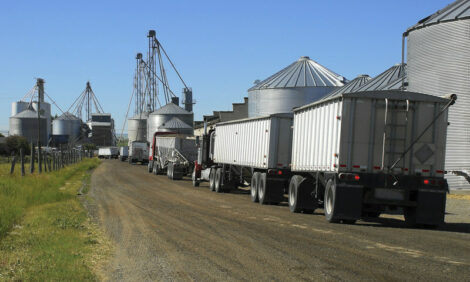|
Need a Product or service?
|
|

Ron Plain |
Thus far this decade, the number of hogs in Canada has increased at an average annual rate of 4.6%. Statistics Canada's latest numbers indicate the October 1 swine inventory was only 2.9% larger than a year ago. This was the smallest year-over-year increase on October 1 since 1999.
The current Canadian inventory of sows and bred gilts is up 1.6% from October 2002. This is also the smallest October-to-October increase since 1999. For the July-September quarter, sows farrowed (up 2.43%), pigs born (up 2.16%), and pig crop (up 2.46%) all had the smallest percentage increase since before 1996, which is as far back as my Canadian inventory series goes.
The productivity growth of the Canadian herd also appears to be slowing. Pigs born per litter and farrowings per breeding female are both below year-ago levels for the second consecutive quarter. Both measures of breeding herd productivity, however, are higher than the corresponding U.S. number. During the last four quarters, Canadian hog producers have averaged 0.535 more pigs per litter and totaled 0.194 more litters per breeding female than their U.S. counterparts. Some, but I doubt all, of the Canadian advantage may be due to differences in how the data is collected in the two countries.
The combined U.S.-Canadian pig crop appears to have been down 1.1% in the third quarter. The combined breeding herd appears to be down 1.7% at the start of fall. This fall's farrowings should be very close to last year's level based on the combined farrowing intentions data. This implies that combined 2004 hog slaughter in the U.S. and Canada will be close to this year's total.
U.S. hog slaughter during October is well above the level predicted by USDA's September inventory report. In part, this is due to a large number of slaughter hogs being imported from Canada. In part, it is due to USDA underestimating the number of market hogs in the U.S. on September 1. I have a concern that the U.S. is farther along in the hog cycle than many believe. If so, 2004 hog slaughter will be significantly higher than in 2003. I certainly hope I'm wrong.


















